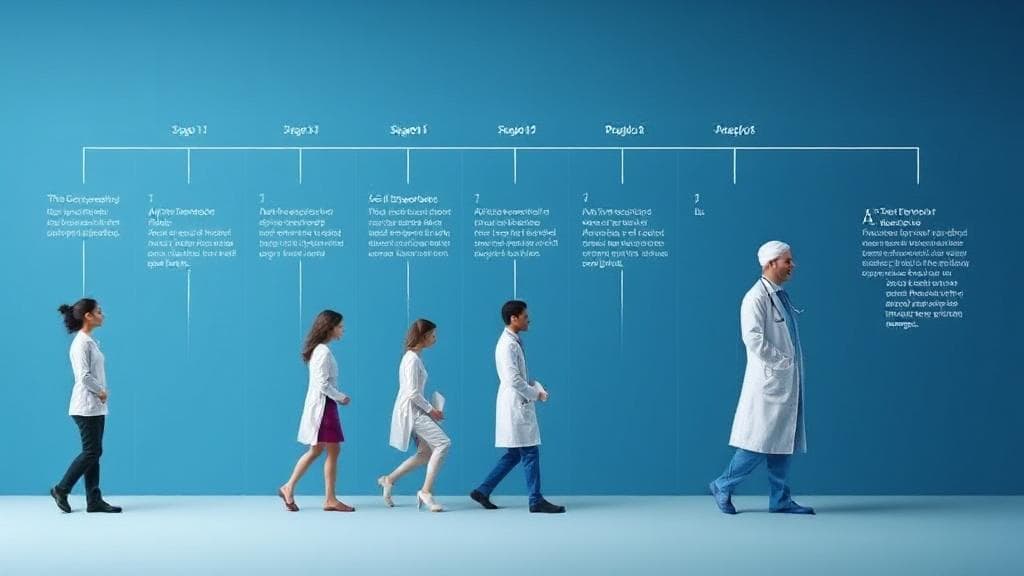The Journey to Becoming a Doctor
Becoming a doctor is a noble and challenging career path that requires significant dedication, perseverance, and years of rigorous education and training. Below is a comprehensive timeline of the requirements and steps needed to become a licensed physician.
1. Undergraduate Education (4 years)
While there is no specific major required, most students pursue degrees in sciences to fulfill medical school prerequisites. Common majors include:
- Biology
- Chemistry
- Biochemistry
- Physics
- Psychology
Required Prerequisites:
- General Biology with lab
- General Chemistry with lab
- Organic Chemistry with lab
- Physics with lab
- Mathematics (including Calculus)
- English
Extracurricular Activities: Students should engage in volunteering, research, and physician shadowing to strengthen their medical school applications.
2. Medical College Admission Test (MCAT)
The MCAT evaluates candidates' readiness for medical school in four areas:
- Chemical and Physical Foundations of Biological Systems
- Biological and Biochemical Foundations of Living Systems
- Psychological, Social, and Biological Foundations of Behavior
- Critical Analysis and Reasoning Skills
Many students use resources like Khan Academy for preparation.
3. Medical School (4 years)
Pre-Clinical Years (Years 1-2)
- Classroom-based learning
- Laboratory work
- Basic medical sciences
- Anatomy and physiology
- Pathology
- Pharmacology
- Biochemistry
Clinical Years (Years 3-4)
Students complete rotations in various specialties:
- Internal Medicine
- Surgery
- Pediatrics
- Obstetrics and Gynecology
- Psychiatry
- Family Medicine
4. United States Medical Licensing Examination (USMLE)
The USMLE consists of three steps:
- Step 1: Basic medical sciences assessment
- Step 2 CK: Medical knowledge and clinical science
- Step 2 CS: Patient interaction and communication skills
- Step 3: Clinical setting application
5. Residency Training (3-7 years)
| Specialty | Duration |
|---|---|
| Family Medicine | 3 years |
| Internal Medicine | 3 years |
| Pediatrics | 3 years |
| General Surgery | 5 years |
| Neurosurgery | 7 years |
6. Fellowship Training (Optional, 1-3 years)
Common fellowship specializations include:
- Cardiology
- Oncology
- Gastroenterology
- Sports Medicine
- Pediatric subspecialties
7. Licensing and Board Certification
Doctors must obtain:
- State medical license
- Board certification in their specialty through organizations like the American Board of Medical Specialties (ABMS)
8. Continuing Medical Education (CME)
Physicians must maintain their credentials through:
- CME credits
- Regular board recertification
- Staying current with medical advances
- Attending conferences and workshops
- Reading medical journals like JAMA or NEJM
"The good physician treats the disease; the great physician treats the patient who has the disease." - Sir William Osler
Total Timeline: 11-18 years after high school, assuming continuous progression through each stage.
For more detailed information, visit the Association of American Medical Colleges (AAMC) or the American Medical Association (AMA).
